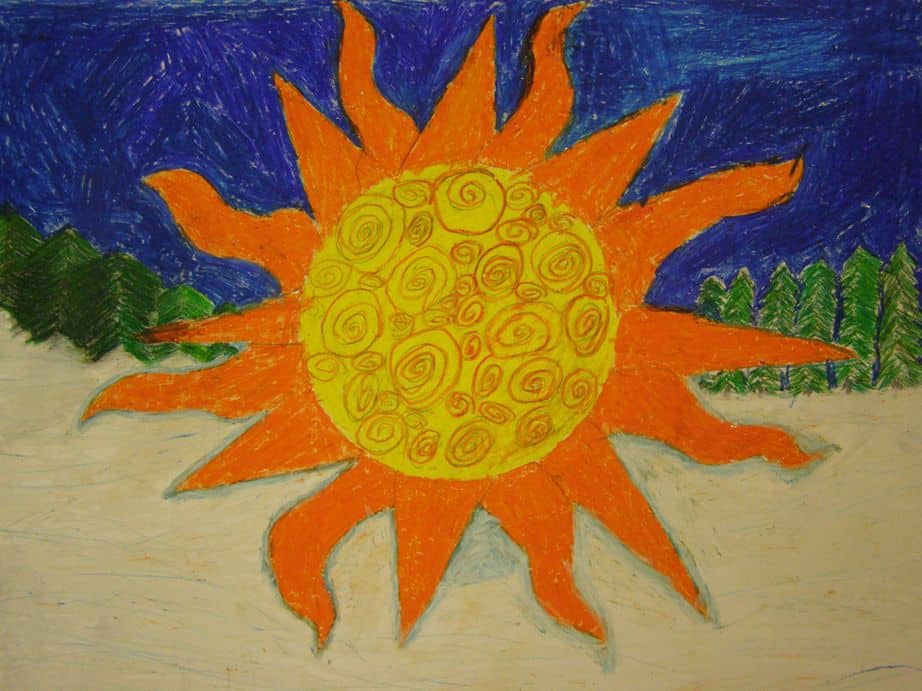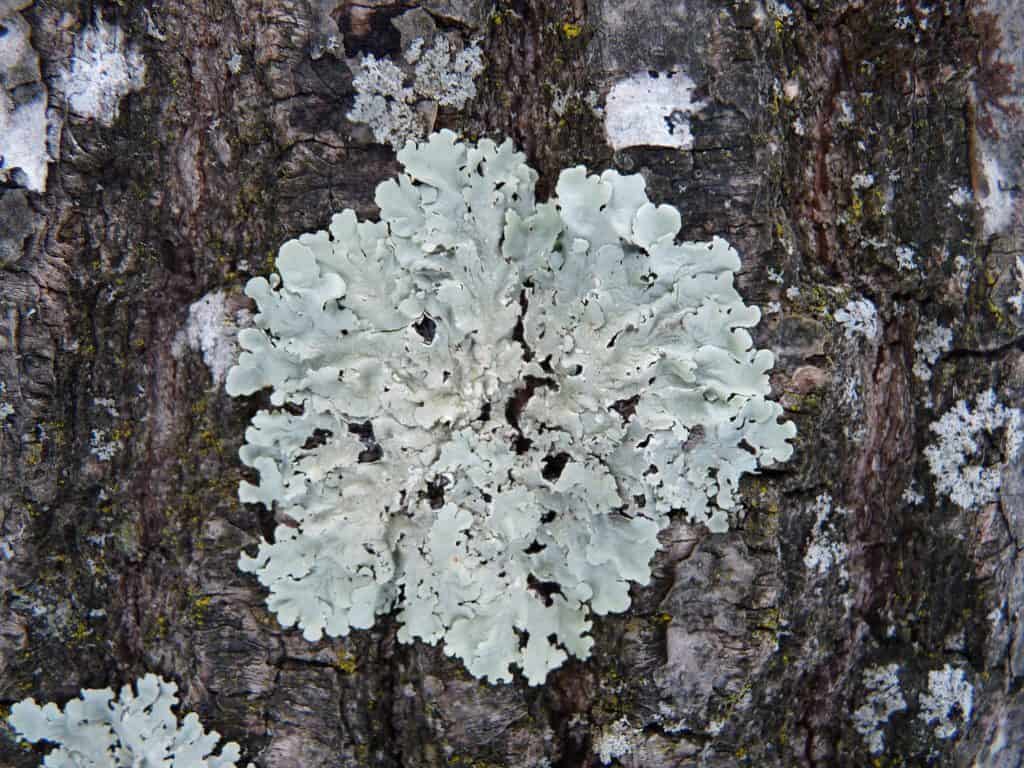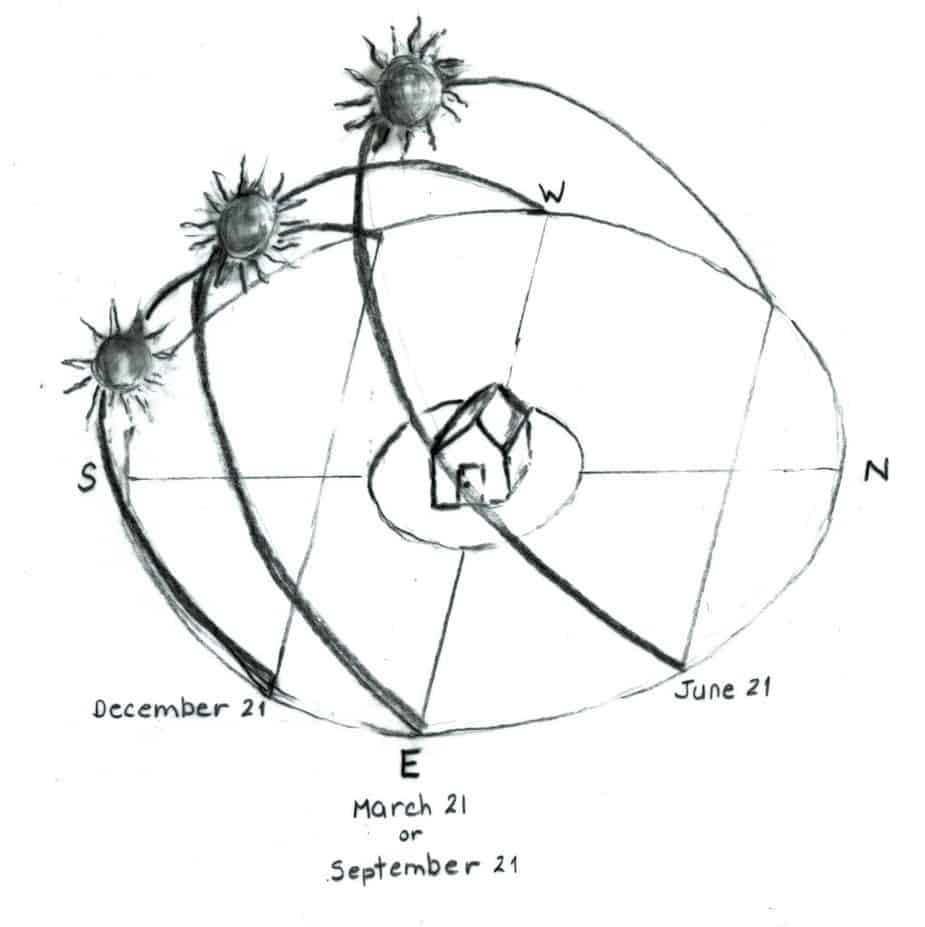The winter solstice is a time of wonder and the assurance of spring’s return
Today marks the winter solstice and the first official day of winter. It is a time of contemplation and reverence, not only in its spiritual dimensions but also as a reflection of the human capacity for wonder. I always imagine being out in space and casting an eye down on our blue planet as the northern hemisphere tilts at its greatest angle away from the sun. The solstice is a tangible reminder that we earthlings are indeed passengers on a body of rock and water orbiting a luminous sphere of hot, glowing gas.
From our perspective here on Earth, we see the sun tracing its lowest and shortest trajectory through the sky. Even at noon, it climbs little more than halfway above the southern horizon. The sun rose this morning at its most southerly point on the eastern horizon; likewise, it will set at its most southerly point in the west. This results in the shortest day of the year. At the solstice, Peterborough receives only eight hours and 51 minutes of daylight – approximately half of what we enjoy in June.
The solstice serves of a reminder of why we have seasons. Think of our planet as a spinning top, tilted at an angle of 23-and-a-half degrees – just like a desktop globe. As Earth cruises through space, the northern hemisphere leans towards the sun for part of the year – our summer – and away from the sun for part of the year – our winter. In fall and spring, Earth is intermediate between these two positions. This tilt causes a huge difference in the amount of heating the Earth’s surface receives from one season to the next.
In summer, sunlight strikes the northern hemisphere almost perpendicularly. Heating is fast and efficient. The solar radiation also takes a shorter path through the energy-absorbing atmosphere before striking Earth. This also means that noontime shadows are very short. Winter sunlight, however, arrives at a much shallower angle and closer to horizontal. The light also travels through more atmosphere and scatters over a larger area. This results in far less heating occurs. Mid-day shadows are much longer, too.
The difference in heating between the summer and winter can be demonstrated with a flashlight – the stronger, the better. Shine the flashlight directly over a tabletop so that the beam is nearly vertical. You will notice that the light is concentrated in a small area. If your flashlight is strong enough, the tabletop will soon feel warm to the touch. The light beam is just like the solar radiation of early summer when the sun is high in the sky. If you place a small, vertical object on the table, you will also see that it casts a short shadow. To simulate winter, angle your flashlight to the side so that the light scatters over a larger area. You should be able to feel that far less heating occurs, because the same amount of light spreads out over a larger area. The shadow cast by the object on the table will be much longer, as well.
The tilting also means that there are more hours of daylight in the summer and fewer hours in the winter. This makes a huge difference in the lives of plants and animals, be it the rapid plant growth and frenzied bird song of sun-soaked June or the dormant plants and avian silence of December.
The word solstice means “the point at which the sun stands still”. However, Copernicus demonstrated that the sun does not move, at least not in relationship to Earth. The very fact that we continue to use the word “solstice” – even in the face of its scientific inaccuracy – should remind us all of how far humanity has come in our understanding and appreciation of the world around us. What better time than the solstice to acknowledge the great scientists – Copernicus, Darwin, Einstein and many more – who challenged the status quo and rescued us from myth and superstition.
Celebrations
For ancient peoples with no knowledge of science or the movement of celestial bodies, we can easily imagine that the solstice was a time of profound fear but also gratitude. It is an event that was noticed and celebrated by cultures across the world. Neolithic farmers, whose lives were intimately tied to the seasons and the cycle of harvest, were closely attuned to the movements of the sun. They would see the sun rising and setting further south each day, notice the hours of daylight growing shorter and struggle to stay warm in the increasing cold. They would almost certainly have feared the sun’s complete disappearance. However, just when the world appeared to be on the brink of utter darkness and oblivion, the sun would suddenly stop its southward march in sunrise and sunset points. Its mid-day elevation, too, would cease to slip lower and lower in the sky. The sun would appear to stand still before once again moving northward and climbing higher in the sky.
The fear that the failing sunlight and warmth would never return was no doubt the reason why the ancients felt compelled to intervene with vigil and ceremony. Ancient Mesopotamians celebrated 12 days of fire building in an effort to “rekindle” the dying sun. The Romans paid homage to Mithras, the Persian god of light, in the feast of Saturnalia – the Celebration of the Unconquered Sun. In 350 AD Pope Julius I declared December 25 as the birth date of Jesus, purportedly to take advantage of these well established solstice festivities and to attract new followers to Christianity. It is intriguing how the solstice themes of light and the tenacity of life as reflected in evergreen trees have combined to make one of the dominant symbols of modern Christmas: the Christmas tree.
Get outside
The winter solstice reminds us of the close links between the holiday season and the rhythms of the natural world. What better way to celebrate these connections than to get outside ourselves. Here are some things to pay attention to.
- The profound silence: Other than the sound of the wind, the crunching snow beneath our feet and the odd call of a chickadee, nature is quiet. Notice how the birds aren’t singing; there is no reproductive reason to do so.
- Winter colours: Pay attention to the subtle shades of the sky and the paleness of the sun. Watch for red and orange berries still clinging to vines and shrubs, patches of brightly-coloured lichens on tree bark and the different shades of green of conifers.
- Shapes and patterns: Look closely at the tree twigs and you’ll notice that some are opposite each other (e.g., maples and ash) while others are positioned in an alternating fashion (e.g., oak, poplar). Compare the shapes of pines and spruce and how their needles differ. Have fun looking for faces in tree bark and for different shaped holes in the trunks. A long, rectangular hole is the telltale sign of pileated woodpecker activity.
- Bird and squirrels nests: Scan the bare branches for big, bulky grey squirrel nests and the much smaller, cup-shaped nests of songbirds.
- The absence of smell: Unlike spring and summer, the winter woods and fields have few natural smells. Take time to rub conifer needles and the buds of trees to enjoy the hidden scents of the season.
- Sunrise and sunset locations: Take an early morning or late afternoon walk to watch sunrise and sunset. This is convenient to do in December since families are often up before daybreak and darkness falls so early. Pack some warm drinks and head to a large open area with an unobstructed view of the eastern and/or western horizon. Armour Hill is a great location if you live in Peterborough. Take note of exactly where the sun rises and/or sets in relation to landmarks such as trees or buildings. You might also want to snap a quick photograph. Do the same at the spring equinox, summer solstice and fall equinox, making sure to stand in the same spot. You will be amazed by how much the sunrise and sunset point changes with each new season. Taking time to appreciate the beauty and location of the rising and setting of the sun is also energising and uplifting.
- Shadows: Notice how long your shadow is. Stand up straight with your back to the sun and take turns measuring each other’s shadow. By doing so at the beginning of each new season – preferably at noon each time – you’ll discover how much shadow length changes over the course of the year. Measuring shadows helps all of us – adults and children alike – understand that shadow length depends on how much our hemisphere is tipped toward or away from the sun. It also lays the groundwork for understanding why we have seasons.
- The night sky: Find a spot free of light interference and look up at the heavens. Try to find the Orion constellation, the Pleiades and Sirius, the brightest star of winter. When you are finished stargazing, walk with candles for a short distance. The kids will love it.
As a final thought, always remember that the winter solstice represents the assurance that the days will once again grow longer and spring indeed will come.


